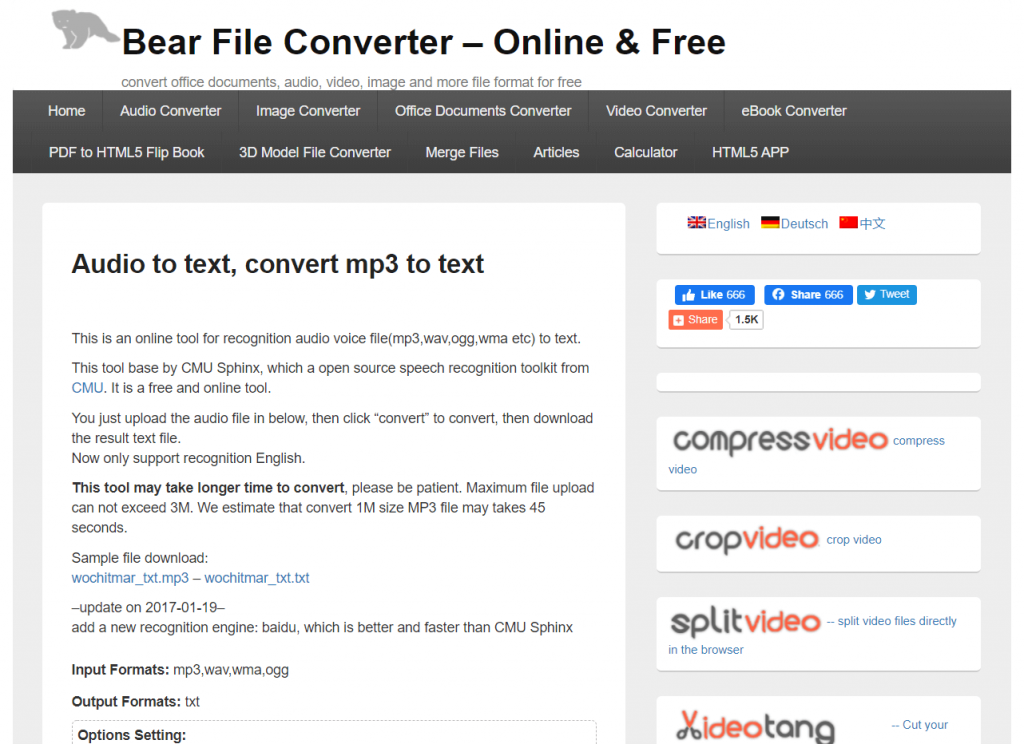A Complete Guide to Transcribing Your Podcast (3 Methods)

If you have or are thinking about starting a podcast, you may want to consider transcribing your episodes. Accurate translations can boost your Search Engine Optimization (SEO), increase your podcast’s accessibility, and serve as a helpful resource for your listeners. However, if you’ve never transcribed files before, you may be confused about where to start.
The good news is that there are a variety of tools you can use to transcribe your podcast – and most are relatively straightforward. Familiarizing yourself with each option will make it easier to choose the best one for your specific needs, so you can start building up your text archives.
In this article, we’ll cover why it’s so important to transcribe your podcast. Then we’ll provide you with a handy guide of three methods you can use to help with the transcription process. Let’s get started!
The Importance of Transcribing Your Podcast
There are multiple advantages to transcribing your podcast. First, these transcriptions will likely include relevant keywords. The text versions of episodes can organically improve your SEO. Transcriptions can give you a valuable traffic boost for your podcast website, and land you new site visitors and new listeners at the same time.
Transcriptions can also help make your show more accessible. Some of your audience members might have hearing impairments, and others may simply prefer to read your work rather than listen to it. Transcribing your podcast can be an effective way to expand your reach, increase your subscribers, and grow your community.
Transcriptions can make your podcast website look better, offer a better user experience for your visitors, and make it easier to find online. We recommend podcasters to use a dedicated Podcast Theme for their website and make sure the design & typography is done well.
Finally, transcriptions are an all-around solid resource to have in your podcast arsenal. Written records make it easy for you and your listeners to quickly search your catalog, while references and quotes can be pulled up with ease.
How to Transcribe Your Podcast (3 Methods)
If you’ve decided you want to transcribe your podcast, the next step is figuring out which method to use. Let’s take a look at three popular options.
1. Transcribe the Episodes Yourself
The first option is to transcribe your podcast episodes yourself. The manual approach consists of sitting down with your finished podcast, listening to it, and then writing down (or, rather, typing) the words you’ve said.
There are some tools that can help with this process, such as oTranscribe:

oTranscribe is a free open-source solution for streamlining manual transcriptions. The audio plays in the same window as the text field, which can help you switch between the two as you work.
The personal transcription method has a few advantages. First, you probably know what you said on your podcast better than anyone else, and this familiarity can make transcribing the show easier. Second, self-transcription gives you the opportunity to reflect on your work, and use the resulting insight to solidify your brand.
On the other hand, manual transcription can require a significant time investment. Add that to the time you spend planning, recording, and editing episodes, and it can start to seem intimidating. Transcribing a show you’ve already recorded might also feel tedious or redundant.
However, it’s hard to beat the free price point, especially if you’re on a budget. If you’re patient, a strong typist, and want total control over your content, self-transcribing your episodes might be the right choice for you.
2. Use a Free Computer Program
Another transcription option that keeps the process in-house and affordable is using a free online converter program. These tools listen to your audio files and automatically transcribe them. For example, you might consider using Bear File Converter:

While Bear File Converter is free to use, it does comes with a 3 megabyte (MB) size limit. Additionally, computer transcription programs aren’t always the most reliable, and you might run into issues with accuracy from time to time. You may find that your results contain various errors or inaccuracies, meaning you still have to spend time manually editing the transcriptions.
However, free programs can do a lot of the initial heavy lifting for you. If you’re on a tight budget and are prepared to thoroughly review your transcriptions, a computer program could be the ideal solution.
3. Hire a Professional Service
If you’re willing to invest some cash, you might consider leveraging reliable and professional services that will transcribe your podcasts for you. With this option, transcriptions may be done manually or by sophisticated transcription software, depending on which provider you use. All you have to do is send a finished copy of your podcast.
If you want to go the professional podcast transcription route, there are a few companies that are offering manual or “AI” based transcriptions.
Rev.com is one company quite popular amongst podcasters. They offer AI based translations and they offer both “automated” transcription and human transcription. Pricing varies between the two options, and is around $0.25 per minute for an automated transcription, and $1.25 for a human transcription (which results in higher accuracy).
Temi is another company that offers AI based transcription with a similar pricing range – $0.25 per minute.
Trint offers subscription plans that are quite valuable if you pay by year. Some of their plans include unlimited transcriptions so if you have a bi-weekly podcast for example, this can become a great asset.
Using such a service means you’ll receive top-quality transcriptions without needing to check the files word-for-word. Outsourcing podcast transcription service can also drastically reduce the amount of time you’d otherwise spend on transcribing. It can be particularly helpful if you already have a backlog of un-transcribed podcasts, and want to make an entire series easier to manage.
Prices will vary depending on the length of your episodes. However, it’s likely well worth the cost when you consider the time and energy you’ll save, as well as the peace of mind you’ll get knowing that the transcriptions are accurate and reliable.
Conclusion
Transcribing your podcasts provides a wide range of benefits, including improved SEO and increased accessibility. However, knowing the best way to approach the task can be a little daunting. Fortunately, you have several options at your disposal.
In this article, we covered three methods you can use to transcribe your podcast:
- Transcribe the episodes on your own, or with the help of a tool such as oTranscribe.
- Take advantage of a free online program like Bear File Converter.
- Use a professional transcription service to transcribe your podcast episodes without the hassle.
Selecting a transcription strategy that works for you is an important decision that can impact your entire podcast. To optimize the experience, we also recommend choosing the right podcast equipment, to ensure that both your audio and transcriptions are top-notch!
